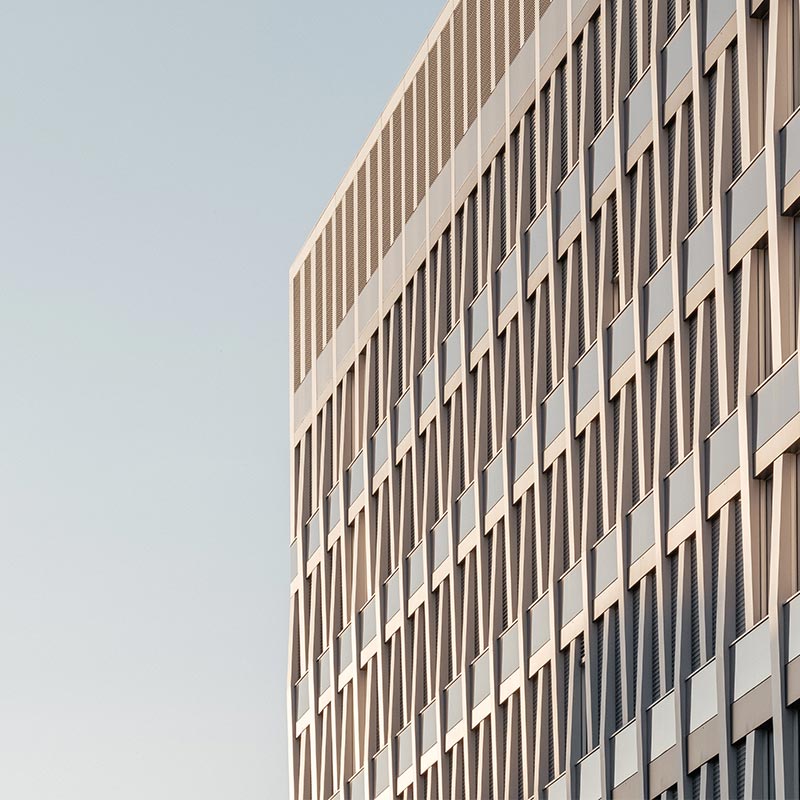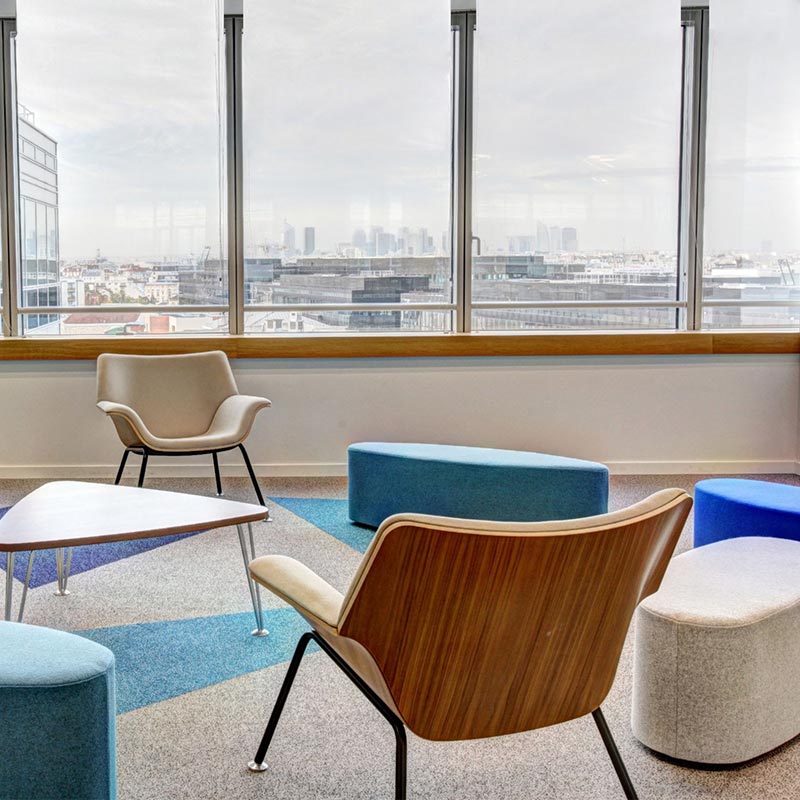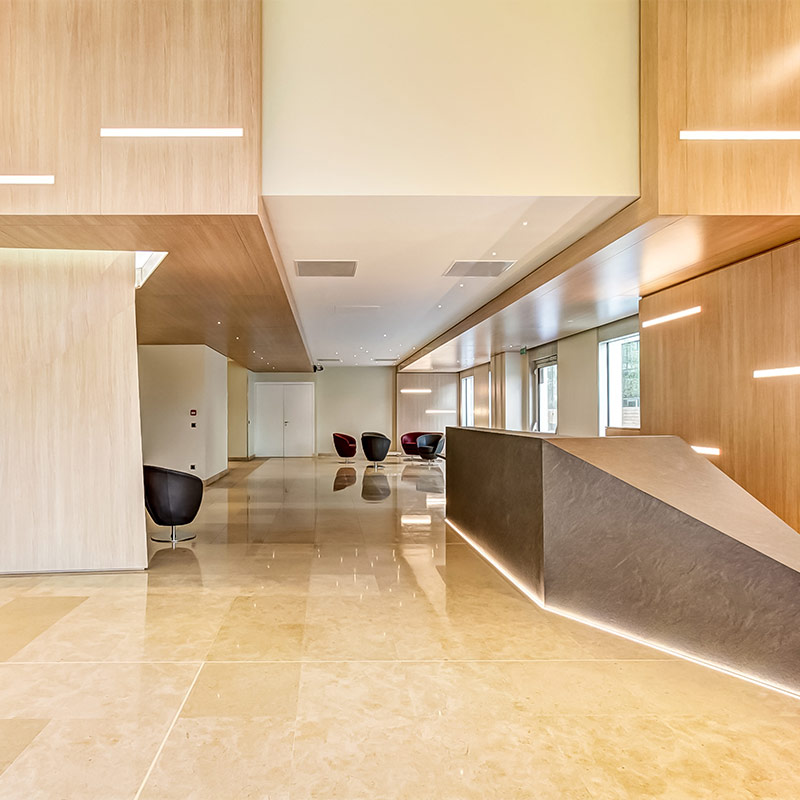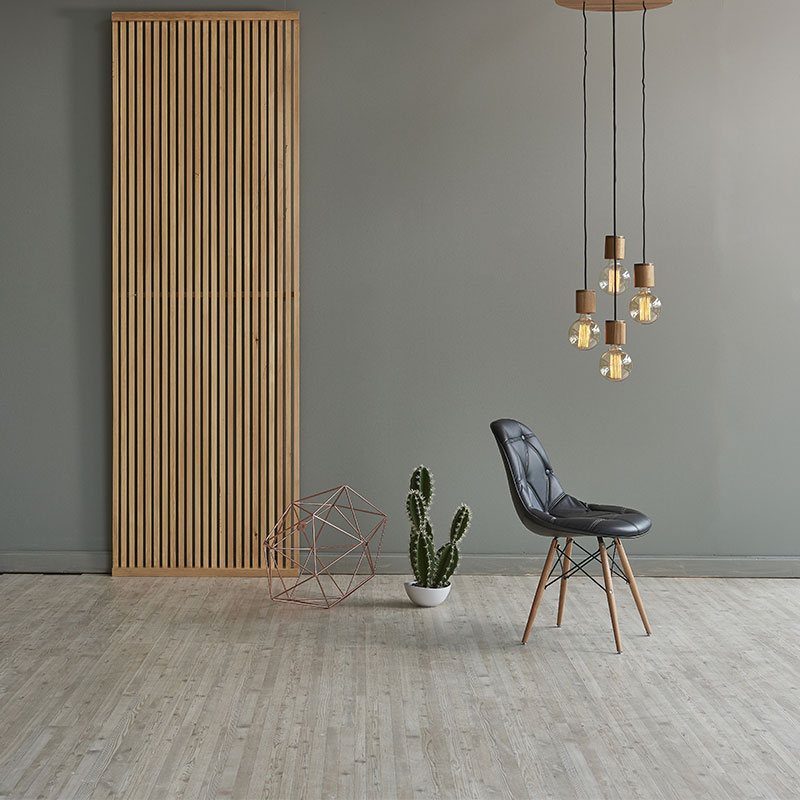http://www.boardroomchallenge.com/what-is-a-board-director/
The board room for the future must be a space that is specifically designed to promote the health and well-being of its participants. It will also need to be a place that encourages the use of digital technology to ensure more efficient and effective meetings.
Meeting room furniture, for instance, should be able to accommodate many people to participate in the same meeting without sacrificing privacy or efficiency. The space must have an advanced acoustic system as well as high-quality sound design to ensure that in-person and virtual attendees are clearly heard. Natural light will be needed to minimize eye strain during meetings. According to an Harvard Business Review survey, natural lighting is the most sought-after office perk. It beats out other regular and predictable options, such as cafeterias that are on-site or fitness centers.
Other technological innovations could prove useful in the boardroom such as real-time analytics and “living” management infographics that take the concept of dashboards and information graphics to the next level and also crowdsourcing technology that can give a fresh perspective from people who are involved. These tools can help boards better assess the risks they face and help establish a solid foundation for making decisions.
In addition, the boardroom of the future must incorporate more sustainability-related expertise. Board members must be aware of the impact business activities have on the environment, climate change, biodiversity, and human rights. It could also mean incorporating new competencies such as the ability to evaluate the impact of ESG issues on long-term financial results.




